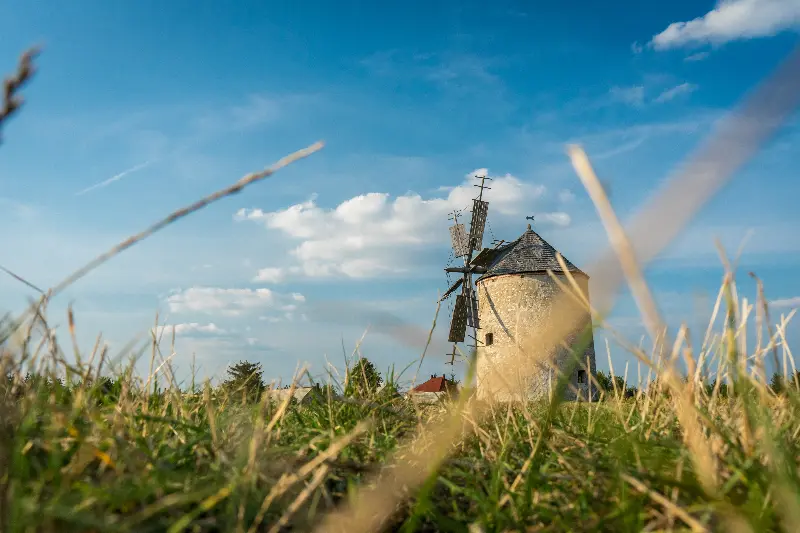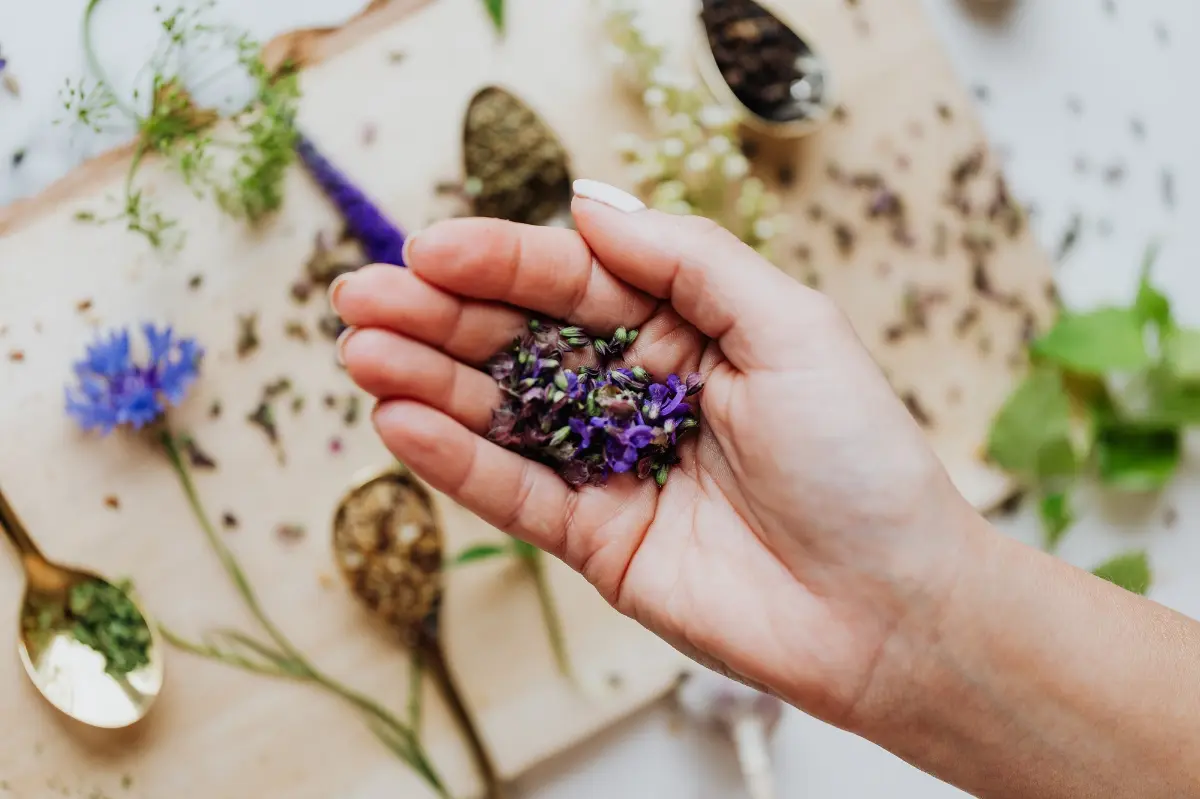
Helyszín címkék:
5+1 edible flowers that are not only delicious, but also for free!
Szabó Sára
There are thousands of ways to process edible flowers. They can be used to make syrups, jams, creams, jellies, dressings and even fermented in exciting ways. Recently, it has become fashionable to eat certain flowers raw, and more and more restaurants are putting the colourful petals back on their plates. The cheerful compositions not only add nuances to dishes, but also aromas and flavours. What’s more, the following plants are readily available in gardens, forests and fields for everyone!

The colourful minty beauty: pansies
One of the most popular and common ornamental plants in our country is the pansy. Who would have thought that it could not only decorate our garden, but also be an excellent addition to our meals? This sweet-tasting, soft-textured flower is available in autumn, winter and spring, and the whole petal can be eaten. It is a favourite decoration for pastry chefs (often found on cakes, icing and starters), it can add an exciting dimension to your dishes with its mild minty flavour. Feel free to use it with its sepals and other parts!
Garlic dream with wild ramson flower
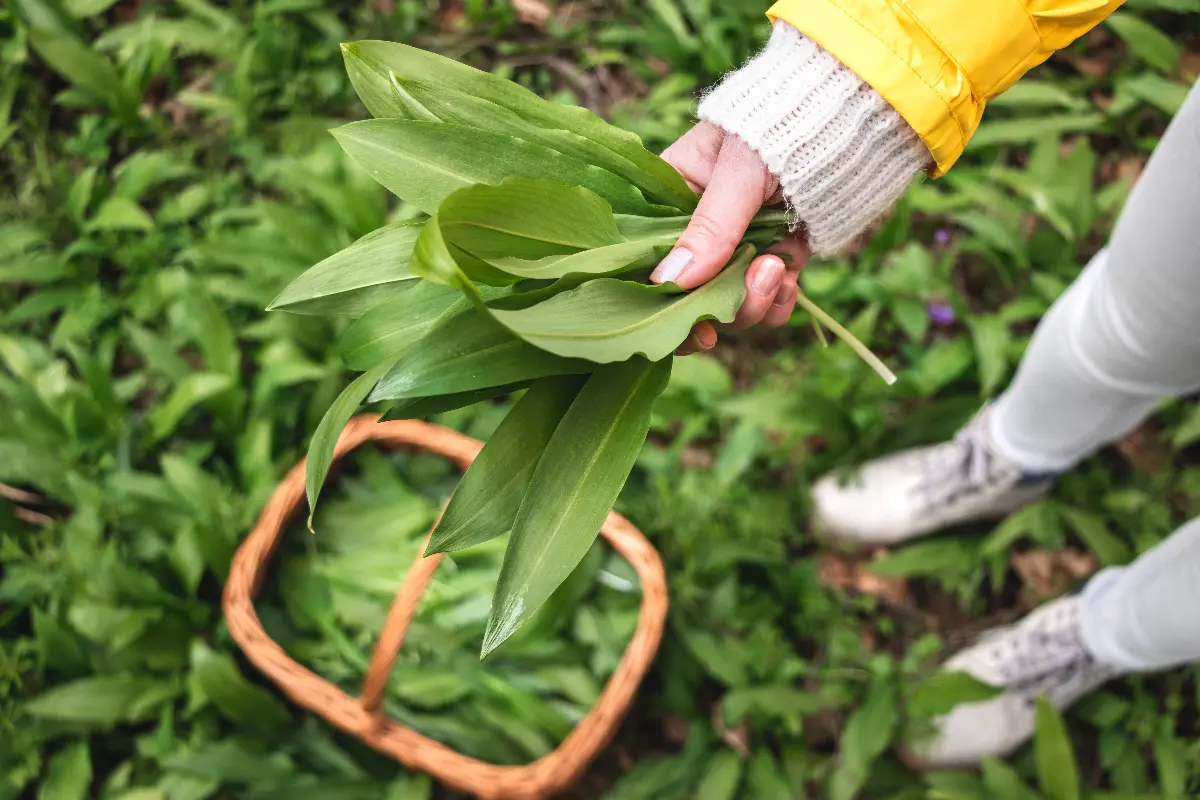
One of the hits of spring is the forest herb with irresistible taste and smell: the ramson. In our country, the plant with an aroma reminiscent of garlic can be found in Mecsek, Somogy, Zala and Bakony, and not only its leaves but also its flowers are edible! In season, you just have to be careful not to mistake it with lily of the valley, as all parts of the latter plant are highly toxic. There are also many uses for the edible flower of the ramson, but one of our favourites is the false caper. Take two handfuls of ramson buds, pour them into a two percent brine solution and set aside to ferment at a constant temperature. In two or three weeks, you can eat it!
Citrus dream with Pelargonium crispum flower
It is also a little known fact that our country’s most popular plant, the geranium, which is often found under windows, is also edible! A notable species is the Pelargonium crispum, whose tender leaves and even graceful little flowers can be eaten. They add a distinctive citrusy, aromatic flavour to salads, cakes and dressings, but they can also be used to make tea, jam and other drink specialities. The Pelargonium crispum flower is a super ingredient for making flavoured water, for example. All you have to do is “soak” the flowers in a litre of clean water for about an hour. This is enough time for it to impart its pleasant, spring-like aromas to our water.
The sweet wonder: bluebells
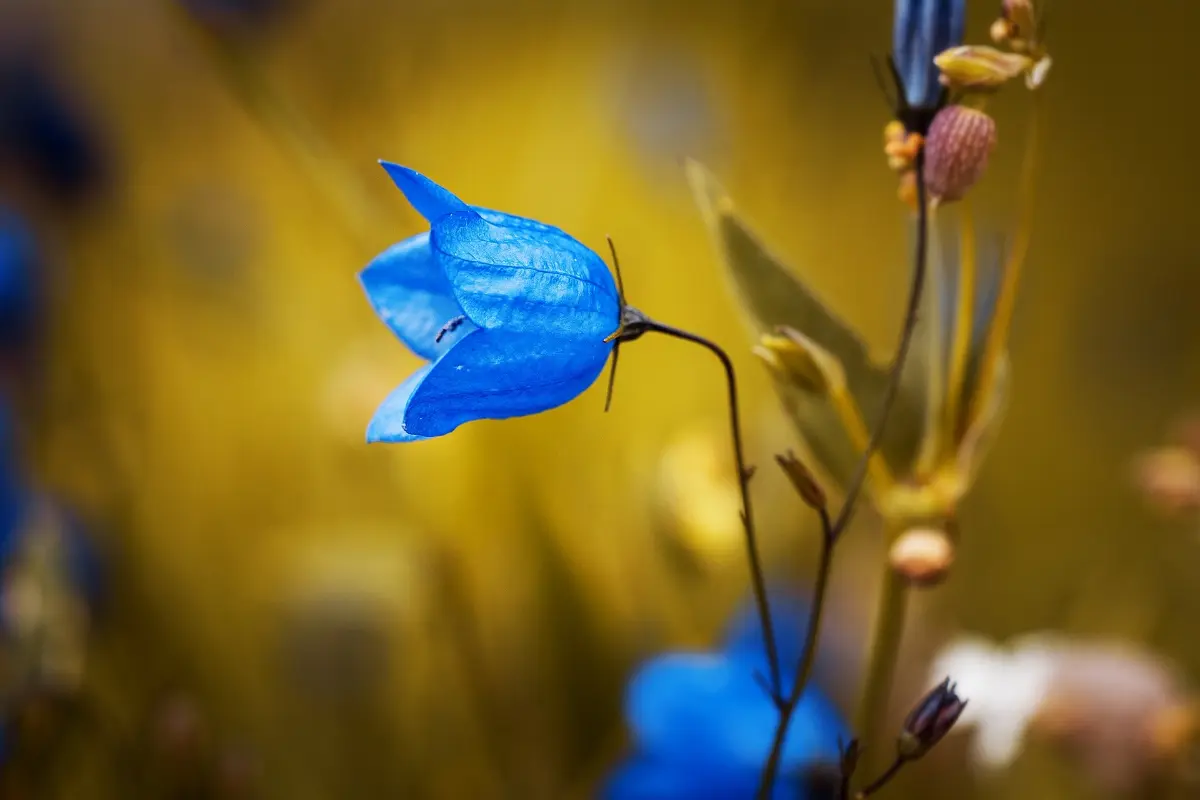
Purple and white bluebells, with their sweet, soft flavours, can bring a playfulness to your plate. This year-round ornamental plant is also becoming increasingly popular with hobby gardeners and the culinary world. Of the bluebell species, the peach-leaved and the broad-leaved can also be consumed. You can use it in salads, as a garnish for starters, but as with other edible plants, the only limit is your imagination. Use it widely and feel free to experiment with it!
Fresh, oniony flavour with chive blossom
Readers with a little knowledge of herbs will not need an introduction to chives, but it may be a novelty that the plant’s flower is edible, too! So the characteristic fresh onion flavour can be conjured up not only with the stalk of the plant, but also with its beautiful bluish-purple crown. A fresh, spring flavour bomb – the flower of this herb can be eaten whole, but the petals can also be plucked and used. You can add them to salads, meats and sauces, or freeze them in ice cube trays to garnish your spring drinks.
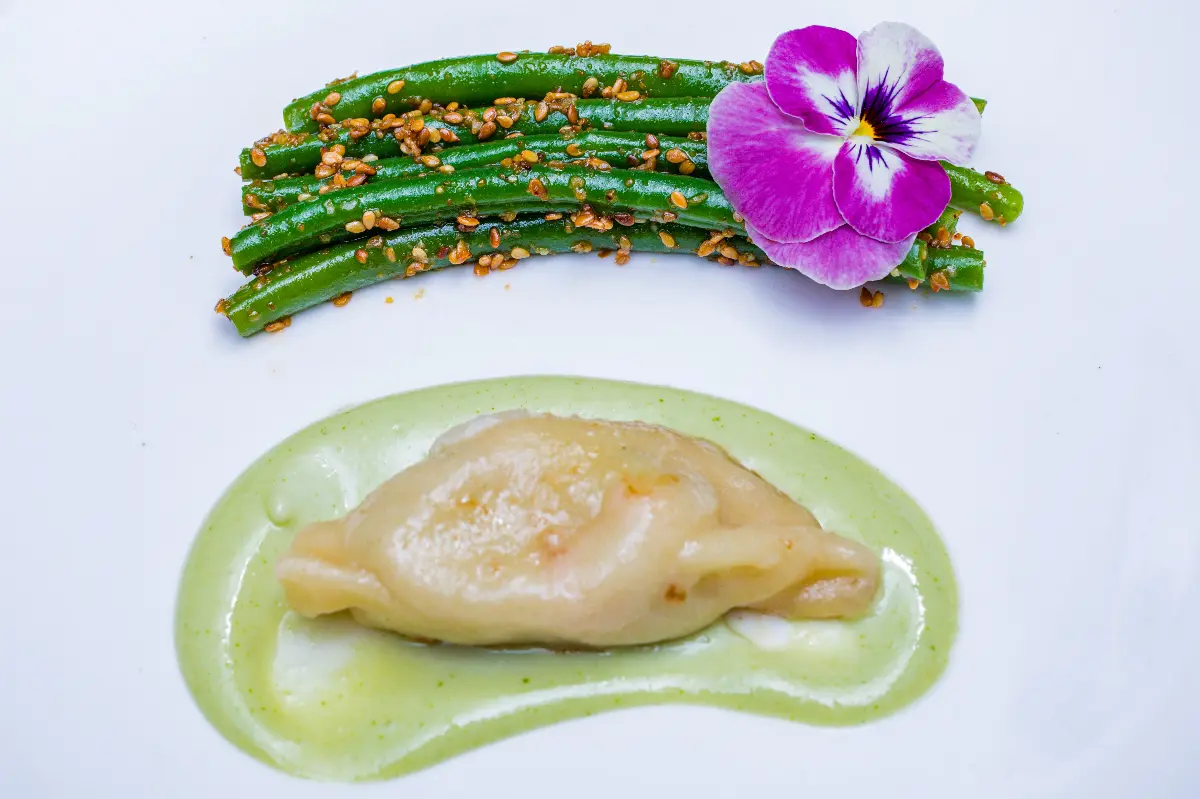
Extra tip: fragrant pine buds in honey
Although the soft bud of the pine tree is not a flower, it is an extra tip for the end of our collection! An ancient method of preservation is fermentation in honey, for which pine is the perfect protagonist. In spring, when the tree has tender shoots, pinch 4-5 cm pieces into the bottom of a jar and pour honey over them. Ginger, orange, lemon and other spices can be added to taste – the proof of the pudding is in the eating! The ferment ripening by wintertime (if it can survive until then) is one of the best remedies for colds and sore throats. On top of that, it tastes delicious!







